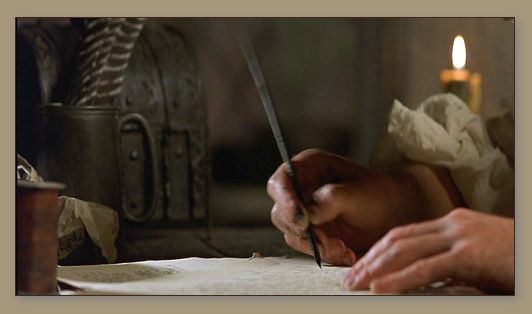General Smedley D. Butler ( 1881 - 1940 ), who is asked by fascist-sympathizing Wall Street financiers to organise and lead an army of war veterans to depose President Franklin D. Roosevelt.
FACTUAL BACKROUND OF STORY
In 1934 a serious plot exists to attempt the overthrow of United States President Franklin D. Roosevelt (FDR). A member of his cabinet (sympathetic to the conspirators) is to supplant him as a de facto dictator of the country. If the coup d'etat is carried out, its impact could ignite a bloody civil war in the USA.
The roots of this plot originate in July 1933 with several influential Wall Street billionaires. Their objective is to build and take power through an anti-communist nationalist movement modelled primarily from France's veterans-based Croix de Feu ( ' Cross of Fire ' ). They ask retired U.S. Marine Major-General Smedley D. Butler for his support. A highly decorated war hero with two Congressional Medals of Honour, he is greatly respected and trusted by veterans of the American Legion.
Butler is asked to organize and lead an army of 500,000 American war veterans. He is offered six million dollars ( = about 106 million dollars in 2014 purchasing power ) at his disposal to do so. This force of former soldiers is to march on Washington D.C. and take over all strategic positions throughout the district. Rumours of the plot surface in Washington. General Butler finally becomes so alarmed at the projected sophistication of this plot, that he contacts a New York Times journalist.
The reporter's investigation leads to a labyrinth of clandestine links between the plotters and fascists in England, France, Germany and Italy. As well as Wall Street financiers, the plan includes people within FDR's own administration, in addition to high-ranking American military officers. Newspaper articles about the conspiracy virtuously expose its intentions.
On November 20, 1934 the United States Congress commences inquiries into the alleged plot. All executive hearings are held in tight security and secrecy. A highly censored report ( 73rd Congress, Hearings No. 73-DC-6 Part 1 ) on the conspiracy is issued on December 29, 1934. Most condemning documents are classified ' top secret ' for 100 years ( until 2034 ). While this report agrees that sophisticated plans for a coup d'etat against President Roosevelt had indeed existed, no further action is taken. Nobody ever faces prosecution.
Even a letter written in 1936 to the US Secretary of State from William Dodd, American Ambassador to Germany, fails to prompt any action. He writes:
Even a letter written in 1936 to the US Secretary of State from William Dodd, American Ambassador to Germany, fails to prompt any action. He writes:
"A clique of U.S. industrialists is hell-bent to bring a fascist state to supplant our democratic government and is working closely with the fascist regime in Germany and Italy. I have had plenty of opportunity in my post in Berlin to witness how close some of our American ruling families are to the Nazi regime.... A prominent executive of one of the largest corporations, told me point blank that he would be ready to take definite action to bring fascism into America if President Roosevelt continued his progressive policies."The Business Plot events essentially become a 'footnote of history.'
General Butler spends the remaining few years of his life as an isolationist and peace activist, claiming that " war is a racket."
- One Depiction of the ' Business Plot '
- One Depiction of the ' Business Plot '
FICTIONAL ADAPTATION TO HISTORY
In the early 21st century a university history student finds diaries of his 100-year old great-grandfather, long living in a care home. This relative turns out to have been closely associated with the ‘business plot’ against FDR in 1934. Hence, the story is told through writings and memories of the old man. In doing so, the plot’s significance in helping shape United States politics for decades thereafter is highlighted.

